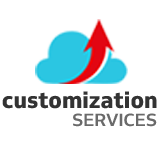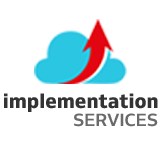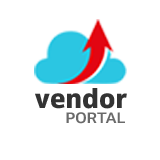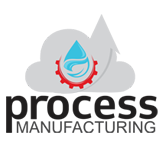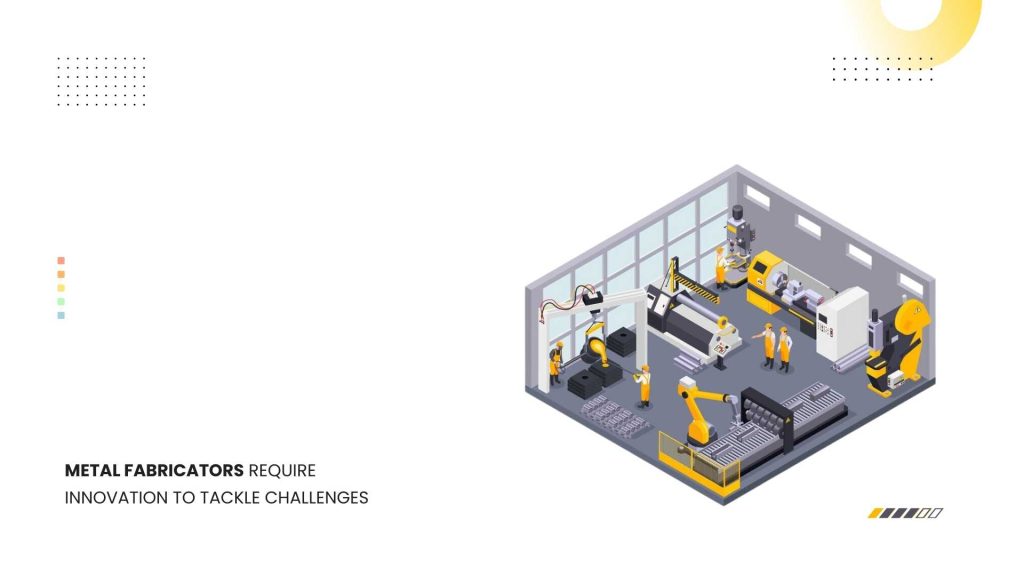The metal fabrication industry faces emerging challenges that require adaptation and innovation to stay competitive. From automation and supply chain disruptions to sustainability and cybersecurity, businesses in this sector must navigate a rapidly changing landscape. We explore the challenges facing the metal fabrication industry and examine the strategies to overcome them.
Emerging Challenges in the Metal Fabrication Sector:
Precise Customer Estimates: Accuracy in cost estimation is crucial to maintaining profitability and customer trust. As projects become more complex, providing precise estimates becomes increasingly challenging.
Regulatory Compliance: Meeting rigorous regulatory standards is non-negotiable. Adherence is essential for everything from environmental regulations to workplace safety, but it is often complex and time-consuming.
Commodity Price Volatility: Fluctuations in the prices of metals and other raw materials can significantly impact profit margins and project feasibility, requiring proactive strategies to mitigate risks.
Shifting Customer Expectations: Customers now demand competitive pricing, higher quality, and faster turnaround times, forcing fabricators to adapt swiftly to changing preferences.
Workforce Skills: The industry’s evolution demands a skilled workforce adept in advanced technologies like automation and digital fabrication techniques.
Outdated Equipment: Outdated equipment and technology can impede efficiency and competitiveness in the market.
ERP’s Impact on the Metal Fabrication Industry
ERP systems have revolutionized how metal fabrication companies tackle these challenges. Here’s how:
Streamlining Operations:
- ERP systems seamlessly integrate various functions such as inventory management, production scheduling, and supply chain logistics, streamlining operations and eliminating manual processes.
- Real-time data visibility enables better decision-making, optimizes resource allocation, and minimizes waste, improving productivity and cost savings.
Enhancing Collaboration:
- ERP platforms facilitate seamless communication and collaboration between departments, suppliers, and customers, fostering a more interconnected and responsive production ecosystem.
- Through centralized data management, stakeholders can access up-to-date information, coordinate tasks efficiently, and ensure smoother workflows across the entire value chain.
Improving Quality and Compliance:
- ERP solutions enable stringent quality control measures by tracking materials, processes, and outputs at every production stage, ensuring adherence to industry standards and regulations.
- Enhanced traceability and documentation capabilities help identify and address issues promptly, maintain product quality, and improve customer satisfaction.
Boosting Innovation and Adaptability:
- By delivering insights into customer preferences and production performance, ERP systems empower metal fabricators to innovate new products, adapt to changing demands, and seize growth opportunities.
- Flexible and customizable features enable businesses to scale operations, diversify product offerings, and stay agile in response to market dynamics and technological advancements.
Conclusion
Acumatica’s ERP offers a roadmap to success within the metal fabrication industry. Through harnessing its advanced features, fabricators can effectively navigate the challenges of contemporary manufacturing, drive operational excellence, and maintain a competitive edge. Embracing innovative solutions like Acumatica becomes increasingly vital in the industry’s expansion, ensuring sustainable growth and profitability for metal fabrication businesses.

Vijay comes with a vast experience in ERP and enterprise solutions space with about 20 years of experience in various packaged application like Acumatica, SAP, Orion, Salesforce.com, SugarCRM and, SalesLogix.




